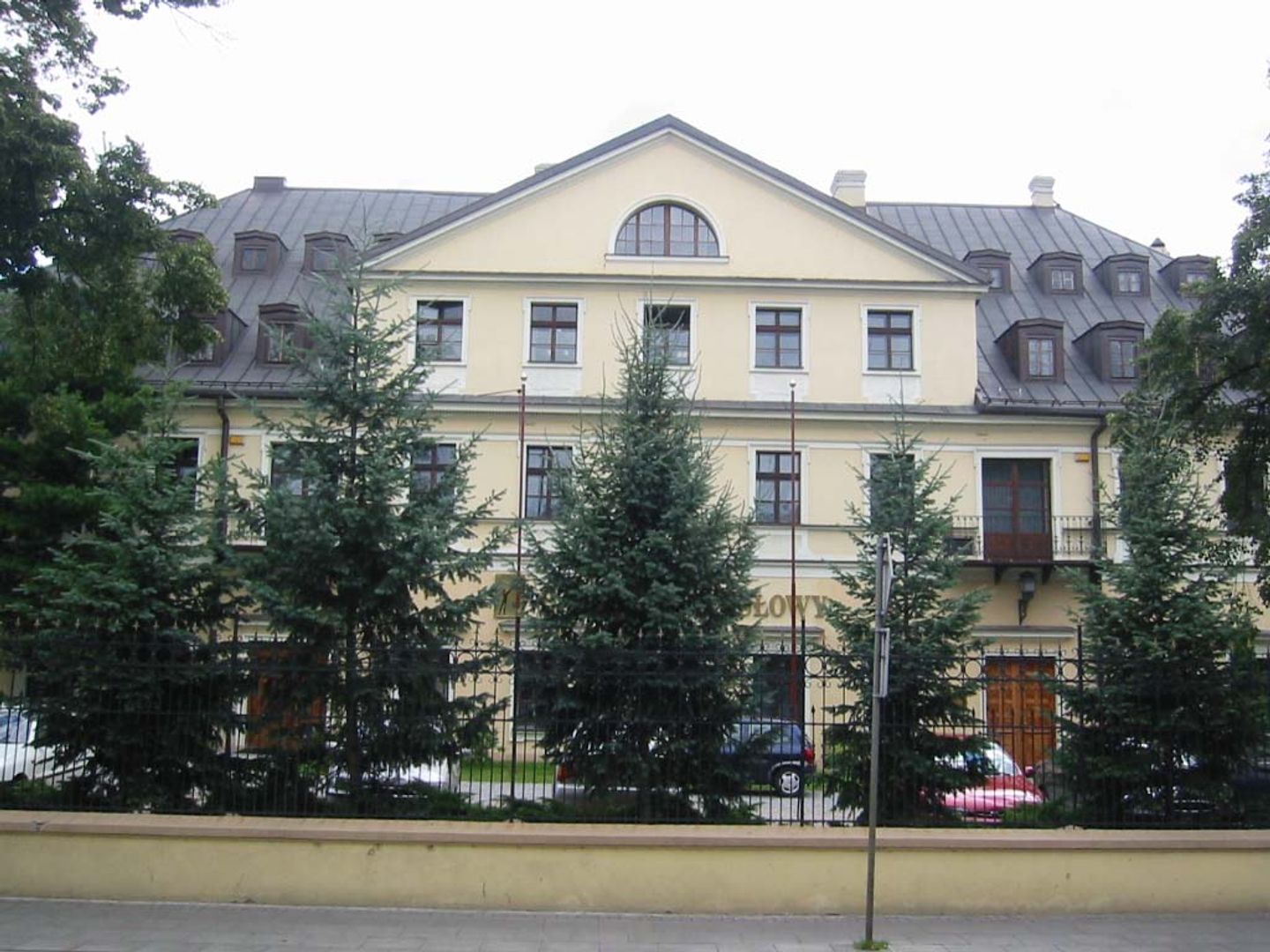Bleaching Plant by Kopisch
6.83

Overview
The Kopisch Bleaching Plant is the oldest preserved factory building in Łódź, located at 5 Bishop Wincenty Tymieniecki Street. Although it is commonly referred to as a bleaching plant, it never served that function. Instead, the site features a utility building constructed in the classical style between 1828 and 1829 by Tytus Kopisch, who purchased the property in 1828. Earlier, in 1825, the government of the Kingdom of Poland invested in the construction of a textile manufactory, which included a bleaching plant, starch factory, drying room, and other facilities. The enterprise gained renown but began to decline after the November Uprising and was sold to the Peters family in 1874, then to Karol Wilhelm Scheibler in 1878. During the Second Polish Republic, the building served as a medical center, and in the PRL era, it housed apartments and the headquarters of the Cotton Industry Plants. In the 1980s, the building was renovated and became the seat of the Monument Conservation Workshop and the Industrial Bank S.A. In 2006, the city purchased the property intending to house the Municipal Monument Conservator and other institutions. From 2014, the building was put up for sale and was eventually sold in 2017 to the Warsaw-based company "Hocan Estate." The architecture of the Kopisch Bleaching Plant is characterized by a classical style with a rectangular layout and a four-sided mansard roof. The building has two stories, with an additional third story in the central section, topped with a tympanum. The usable area is 2,179 m². The building is listed in the register of monuments, highlighting its historical and architectural significance in the context of Łódź as an important industrial center in Poland.
Location
Tickets
Powered by GetYourGuide
2025 Wizytor | All Rights Reserved